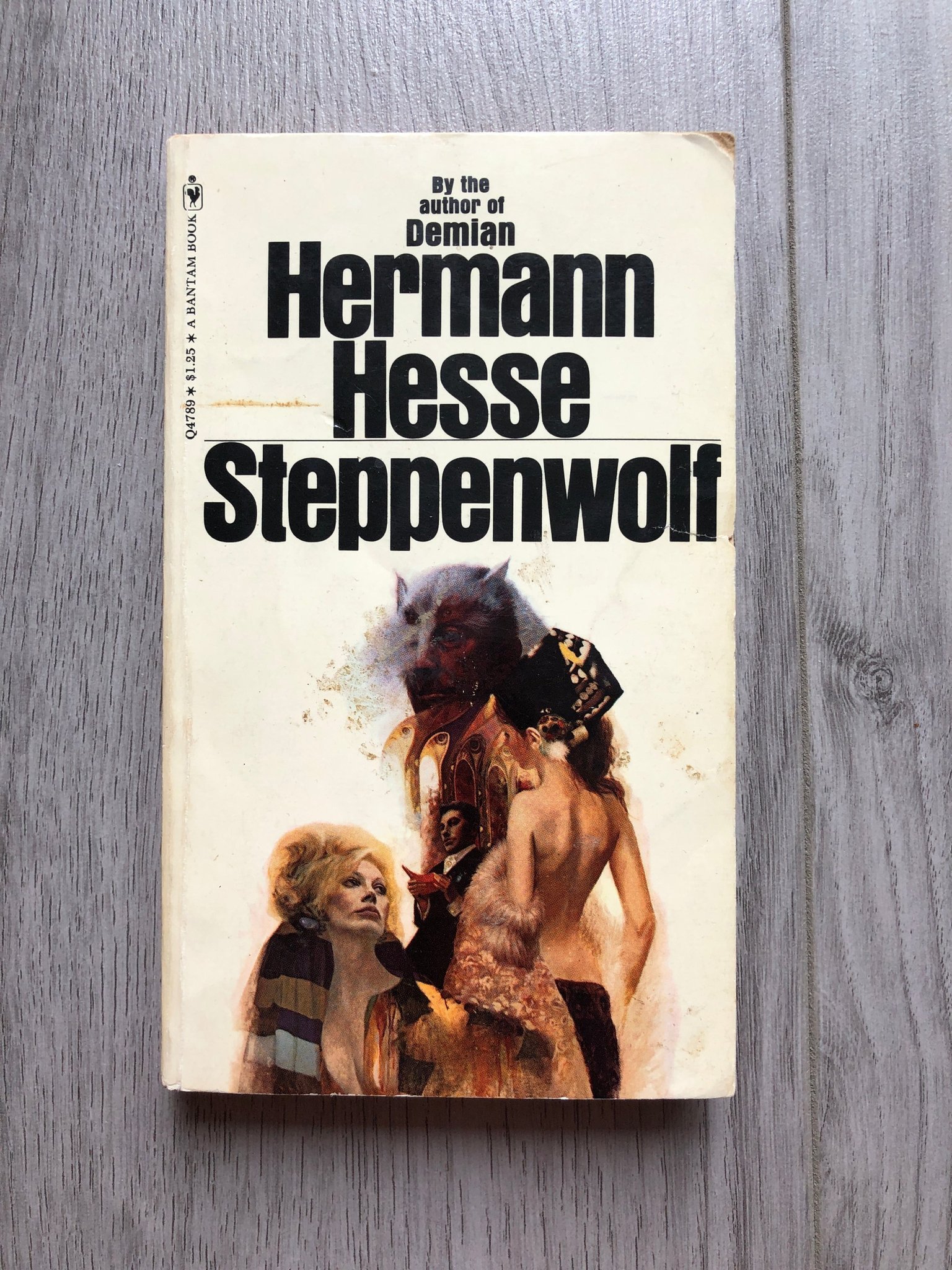
Harry Haller's Records: Magic Theater, Gallery 3 (taming the wolf).Harry Haller's Records: Magic Theater, Gallery 2 (playing chess).Harry Haller's Records: Magic Theater, Gallery 1 (automobiles).Harry Haller's Records: Fancy Dress Ball.Harry Haller's Records: Steppenwolf and Hermine discuss death.Harry Haller's Records: Affair with Maria.Harry Haller's Records: First Date with Hermine.

 Harry Haller's Records: Meeting Hermine. Harry Haller's Records: Encounter with the professor. Harry Haller's Records: For Madmen Only"". Until today the novel is considered an important read for the young adult in search of his identity. “Der Steppenwolf” became the bible of the hippie movement and, as such, returned to Germany, where more than 800,000 copies were sold in 19 alone. Those who were searching for something outside their parents’ bourgeois life, who broke with all the conventions of their parents’ generation to find their own way, also found themselves in Harry. If you wanted to be a hippie, you not only had to grow your hair long and smoke weed, you also had to at least read the Steppenwolf. And they would have remained there, if the conflicted figure of Harry Haller did not capture the feeling of a whole generation, which broke free in the US in the 1960s. But notable German literary critics would still call his works “kitsch”. When the novel was published by Manesse in 1946, Hermann Hesse had just been awarded the Nobel Prize, above all for his pacifist attitude, which was representative for a different, peace-loving kind of German literature. When the novel was published in 1927, it was one among many, even, as some critics claimed, one without any literary significance whatsoever. After all there’s a reason why his hero’s initials match his own.
Harry Haller's Records: Meeting Hermine. Harry Haller's Records: Encounter with the professor. Harry Haller's Records: For Madmen Only"". Until today the novel is considered an important read for the young adult in search of his identity. “Der Steppenwolf” became the bible of the hippie movement and, as such, returned to Germany, where more than 800,000 copies were sold in 19 alone. Those who were searching for something outside their parents’ bourgeois life, who broke with all the conventions of their parents’ generation to find their own way, also found themselves in Harry. If you wanted to be a hippie, you not only had to grow your hair long and smoke weed, you also had to at least read the Steppenwolf. And they would have remained there, if the conflicted figure of Harry Haller did not capture the feeling of a whole generation, which broke free in the US in the 1960s. But notable German literary critics would still call his works “kitsch”. When the novel was published by Manesse in 1946, Hermann Hesse had just been awarded the Nobel Prize, above all for his pacifist attitude, which was representative for a different, peace-loving kind of German literature. When the novel was published in 1927, it was one among many, even, as some critics claimed, one without any literary significance whatsoever. After all there’s a reason why his hero’s initials match his own. 

“Der Steppenwolf” was written by Hermann Hesse (1877-1962), influenced by Hesse’s own doubts about the society he lived in after the First World War. He is a lonesome outsider, jealous of all those who are happy with their meaningless little lives, able to enjoy the moment. On the other hand, he is sometimes overcome by his other side, the “Steppenwolf” (a “coyote”), who disregards all conventions and has long broken with his bourgeois lifestyle. On the one hand, he really badly wants to be a respectable citizen with a desire for security and love. It’s not easy being Harry Haller, the focal character of the novel “Der Steppenwolf”. Published by Manesse, Bibliothek der Weltliteratur, 1946








 0 kommentar(er)
0 kommentar(er)
